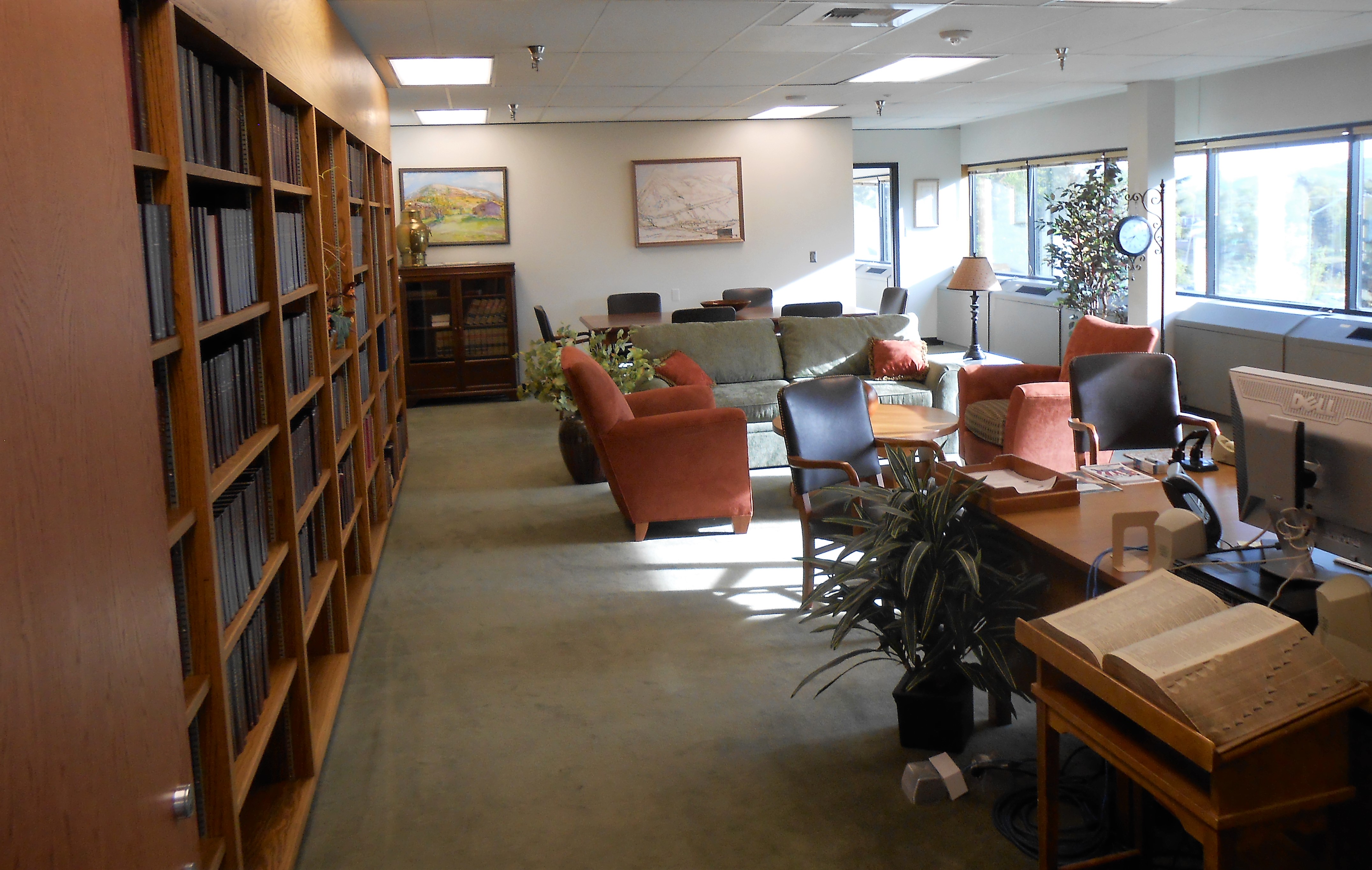The connection between the judge's chambers and the courtroom it serves is one of the most essential circulation relationships in a courthouse. This is partly due to the need to provide a conveniently close distance between judges' chambers and the courtroom to allow efficient communication and movement during court proceedings. (This applies to a court operating with a one-to-one chambers-to-courtroom model, not to a collegial model.) An even more critical factor is maintaining a secure, restricted circulation route between the chambers and the courtroom for the judge and the judge’s staff. This is an essential consideration during the courthouse planning process.
It is often difficult to achieve the desired access objectives for judges' chamber renovations in historic courthouses. This may be due to:
- Existing architectural conditions that make it impossible to construct the judge's chambers in a location adjacent to a restricted corridor or near the courtroom that it is intended to serve
- An existing courthouse hallway system that does not provide separate circulation paths for judges, prisoners, and the public and cannot be modified to allow restricted circulation for a new judge's chambers
Court planners should initially explore all possible architectural options allowing a chamber suite to be located proximate to the related courtroom and adjacent to a restricted circulation corridor providing direct access to that courtroom.
Minimal Public Access to the Judges' Chambers
If public corridors were used for circulation between the chambers and the courtroom, critical remedial factors would include the following:
- Minimizing the distance between the chambers and the courtroom
- Using circulation paths with minimal use by the public
- Providing the courtroom with a robing room to allow the judge the opportunity for unobtrusive movement through the hallway
- Avoiding use of the same circulation paths for judges and the movement of prisoners
- Installing CCTV cameras linked to the courthouse law enforcement control center along the entire circulation path to monitor the judges’ movement
- Installing duress alarms linked to the courthouse law enforcement control center at select locations
While these measures would help minimize the inconvenience of a longer distance between the chambers and courtroom and the risk of a less secure circulation route, more direct architectural solutions like the one described below in a North Carolina courthouse are well worth exploring.
architectural solutions like the one described below in a North Carolina courthouse are well worth exploring.
When I first visited the older North Carolina courthouse shown in the accompanying photo, I was surprised to see an open stairway within several of the judge's chambers. On further inquiry, I discovered that the stairway had been added as a creative solution to link chamber suites with courtrooms safely. This was needed due to the need for more separation for judges, prisoners, and public circulation in the hallways providing access to the courtrooms. Unfortunately, handicap access for the judges was impossible in this solution and had to be accommodated in another manner when needed.
Our next blog will focus on proper circulation throughout a courthouse.




.jpg)
.jpg)
.jpg)
.jpg)
.jpg)
-1.jpg)
.jpg)
.jpg)

